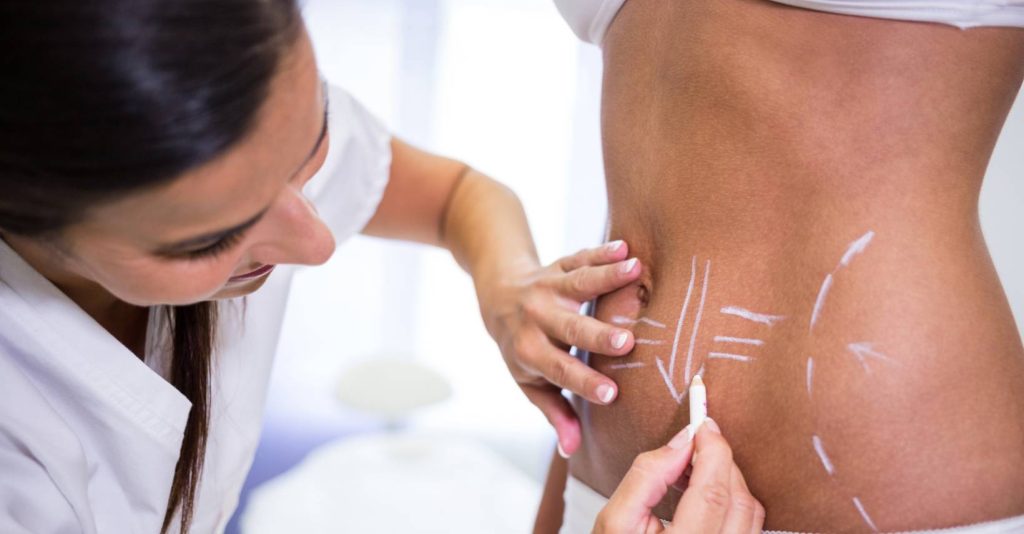Liposuction, also known as lipoplasty or body contouring, is a cosmetic procedure that breaks up and sucks fat from the body. It’s typically used on areas like the abdomen, thighs, buttocks, upper and backs of the arms, calves, and back. Being the third most common cosmetic procedure globally, liposuction might appear to be a simple solution for fat removal and body shaping.
But, as with any surgical intervention, it requires serious thought and understanding before embarking on such a procedure. This article aims to equip you with all you need to know before getting liposuction.
What They Don’t Tell You About Liposuction
Contents
A closer look at the Liposuction Secrets reveals that most information sources will highlight the advantages of liposuction, portraying it as the quickest and most straightforward path to your ideal figure. The less glamorous aspects of liposuction, however, are frequently minimized.
These aspects include the procedure’s hazards, the length of recuperation, discomfort, scarring, and the possibility of disappointment if expectations are not met. Liposuction is a body-contouring technique rather than a weight-loss plan. It doesn’t address obesity; it doesn’t take the place of a balanced diet and consistent exercise.

A common fact to also remember is that men and women have different distributions of fat around the body. With that in regard, women tend to store fat more in their breasts and hips in comparison to men who then to store more fat around their waist area. This should count as a factor on whether or not you do need the liposuction because symmetry and ensuring that you have some fat left is essential to warmth and the function of your body.
Moreover, liposuction affects all genders differently. Women generally have softer fat, while men have fibrous one, making it tougher to remove. This makes the procedure more difficult in men, with higher chances of minor complications. Age is another factor that people rarely talk about; older patients may not have the same skin elasticity as younger subjects, making their post-surgery results less satisfying.
The Process of Liposuction
Before the procedure, your doctor will mark the areas of your body that will be treated. You may also get before and after photos to see the results. During the procedure, you’ll receive anesthesia – which could be local, sedative via IV, or general, depending on the specifics of the surgery. Post anesthesia, small incisions will be made, and a thin tube – or a cannula – will be inserted to break the fat into liquid form and suck it out.

During the recovery phase, you will likely wear tight compression garments, which help reduce swelling. You can return to work within a few days and to normal activities within about two weeks. The swelling and bruising will disappear within weeks, revealing the final results. Each stage of this procedure should be understood clearly so that the patient has realistic expectations.
The Reason Behind Liposuction’s Popularity
Liposuction gained popularity due to its potential to change the body shape permanently. Fat cells are completely removed, and though the patient can gain weight after the procedure, it’s usually distributed evenly across the body. Liposuction does not induce weight loss but is quite effective for people who wish to change their body’s contour and have stubborn fat deposits that are not responding to regular exercise or diet.

Although liposuction will allow you to get rid of some stubborn fat, it is not an absolute solution to losing it entirely. That is because even after a liposuction, it is possible to regain that fat back after having done the procedure. In that case, it would be wise to exercise caution in making sure you do not engage in the habits that might be increase your fat percentage.
The Risks and Benefits of Liposuction
No surgical procedure, including liposuction, comes without risks. Side effects can range from minor issues such as bruising and swelling in the treated area to more serious complications like blood clots or fat embolism. Irregularities in your skin could develop, sometimes due to uneven fat removal, poor skin elasticity, or unusual healing. You might need additional surgery to correct these problems.
Nevertheless, liposuction’s increasing popularity is proof of its advantages. It is a rapid, effective way to get rid of troublesome fat areas that don’t go away with diet or exercise. In addition to being attractive cosmetically, liposuction may be beneficial for those who have lipomas, gynecomastia, or lymphedema.
The Side of Liposuction You Didn’t Know
Interesting Liposuction Trivia includes facts like its history dating back to the 1920s, when Charles Dujarrier used a uterine curette to remove fat from the knees of a French model. Unfortunately, this resulted in amputation due to the damage to the femoral artery.

The procedure has thankfully seen significant advancements since then, making it a far safer choice for body contouring. Amid these developments, liposuction has found usage in treatment for other conditions as well, such as lymphedema and lipomas.
Liposuction is a common option among cosmetic procedures since it can dramatically change the shapes and posture of the body. Patients should set reasonable expectations and avoid misinterpreting it as a weight-loss method. Liposuction does have a set of hazards and benefits that change depending on the patient’s age, health, and circumstances.
Ultimately, even though liposuction may assist you in achieving your ideal body image, the effects will not last if you do not lead a healthy lifestyle so do not use this procedure as an excuse to start being unhealthy.

